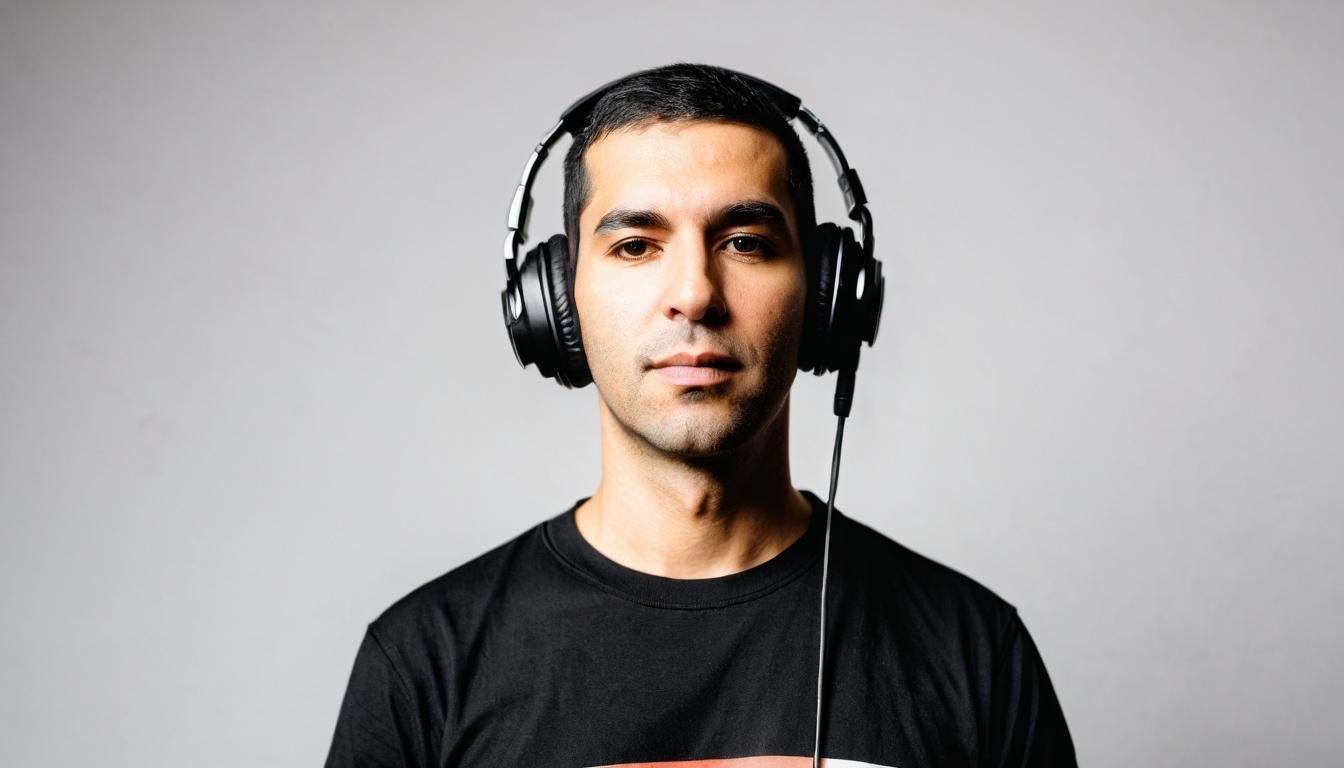In the dimly lit basements of Brooklyn and the converted warehouses of East London, a quiet revolution is brewing. While mainstream charts continue to cycle through familiar formulas, a new generation of artists is building something different—something raw, authentic, and increasingly impossible to ignore. This isn't just another musical trend; it's a fundamental shift in how music gets made, discovered, and consumed.
What started as isolated scenes in cities like Detroit, Bristol, and Seoul has evolved into a global network of creators who operate outside traditional industry structures. These artists aren't waiting for record labels to discover them. They're building audiences directly through platforms like Bandcamp, SoundCloud, and TikTok, creating music that defies easy categorization. The result is a sonic landscape more diverse and exciting than anything we've seen in decades.
Take the phenomenon of "hyperpop," which began as an internet subculture and has since infiltrated mainstream consciousness. Artists like underscores and Jane Remover are creating music that feels both futuristic and deeply personal, blending elements of pop, electronic, and experimental sounds into something entirely new. Their success demonstrates that audiences are hungry for music that challenges conventions rather than conforming to them.
Meanwhile, in cities across Latin America, a new wave of artists is redefining regional music traditions. Colombian producers are fusing cumbia with electronic beats, while Mexican artists are blending traditional corridos with hip-hop and R&B. This isn't cultural appropriation—it's cultural evolution, driven by young creators who see musical boundaries as limitations to be transcended rather than respected.
The technology enabling this revolution is as important as the music itself. Affordable home recording equipment, sophisticated production software, and global distribution platforms have democratized music creation in ways that were unimaginable just twenty years ago. A teenager in Nairobi can now produce professional-quality music in their bedroom and share it with listeners in Tokyo and Toronto within hours.
But this technological democratization comes with its own challenges. With millions of new tracks uploaded to streaming services every month, discovery has become both easier and more difficult. Algorithms designed to keep listeners engaged often prioritize familiarity over innovation, creating echo chambers that can make it hard for truly original music to break through.
This is where community becomes crucial. Across platforms like Discord and Twitch, musicians and fans are building tight-knit communities where new sounds can develop organically. These digital spaces serve as incubators for artistic innovation, providing feedback, support, and—crucially—early audiences for work that might otherwise go unheard.
The economic models supporting this new musical ecosystem are still evolving. While streaming has made music more accessible than ever, it has also made it harder for artists to earn a living wage. The average musician makes less than $20 per month from streaming, forcing many to rely on live performances, merchandise, and Patreon-style subscription models to survive.
Yet despite these challenges, the quality and quantity of innovative music being produced has never been higher. From the experimental folk of artists like Ethel Cain to the genre-defying electronic compositions of Arca, we're witnessing a golden age of musical creativity. The common thread connecting these diverse artists isn't a particular sound or style, but rather a shared commitment to artistic integrity and creative freedom.
What makes this moment particularly exciting is how these underground movements are beginning to influence the mainstream. Major labels are scouring Bandcamp for the next big thing, while established artists are collaborating with underground producers to refresh their sound. The boundaries between mainstream and alternative are becoming increasingly porous, creating opportunities for cross-pollination that benefit everyone.
The live music scene is evolving too. While massive festivals still dominate headlines, smaller, more specialized events are thriving. From ambient listening sessions in art galleries to DIY punk shows in community centers, these intimate gatherings provide spaces where new music can be experienced in its proper context—as a shared, communal experience rather than just background noise.
Looking ahead, the most exciting developments may come from places we least expect. As internet access continues to spread across Africa, Asia, and South America, we're likely to see new musical movements emerge from regions that have historically been underrepresented in global music conversations. The next revolution in sound might not come from New York or London, but from Lagos, Jakarta, or São Paulo.
What's clear is that the future of music won't be dictated by industry executives or algorithm designers. It will be shaped by artists and communities working together to create something new, something meaningful, something that reflects the complexity and diversity of our interconnected world. The revolution isn't coming—it's already here, and it sounds better than ever.
The underground sound revolution reshaping modern music

